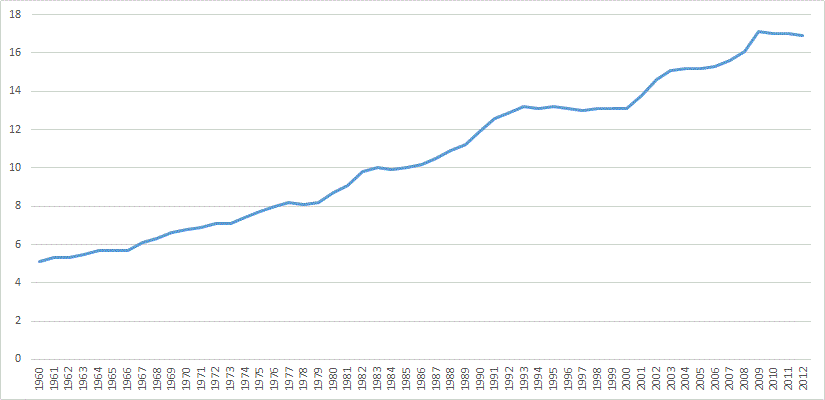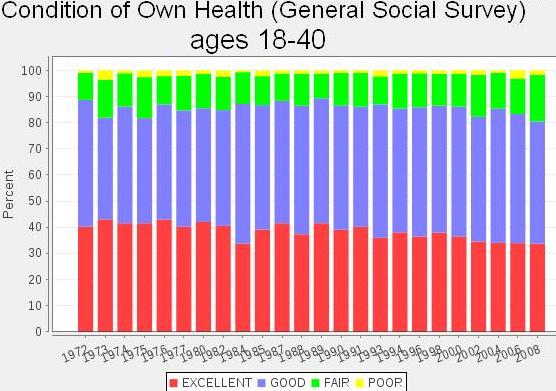I’ve been reading the report of the Commission on Safety and Abuse in America’s Prisons (PDF). It tells basically a tragic and horrifying story, although it also cites some individual prisons and even whole states that have achieved dramatically better outcomes than others in terms of reducing prison violence and rape as well as recidivism.
One premise is the gigantic scale of our prison industry. “The daily count of prisoners in the United States has surpassed 2.2 million. Over the course of a year, 13.5 million people spend time in jail or prison, and 95 percent of them eventually return to our communities. Approximately 750,000 men and women work in U.S. correctional facilities as line officers or other staff.” (p. 11) These numbers have increased steadily even when crime rates have fallen.
The incarcerated population is highly needy. To mention just one challenge, “At least 300,000 to 400,000 prisoners have a serious mental illness–a number three times the population of state mental hospitals nationwide” (p. 38).
All prisoners are somewhat isolated from society; that is the point. But policies sharpen their isolation in ways that prevent prisoners from successfully re-entering their families and communities later. For example, they are discouraged from talking to family members. The “average cost of a 15-minute in-state long-distance collect call placed from a correctional facility” is high almost everywhere. In Washington State, it is $17.77. “In Texas … the very ability to make calls is severely restricted: ‘Offenders who demonstrate good behavior can earn one five minute call every 90 days’” (p. 36).
Within prisons, a large subclass of inmates is isolated from the rest, indeed, deprived of all human contact by being placed in solitary confinement. On one day in 2000, “approximately 80,000 people were reported to be confined in segregation units.”
Some use of solitary confinement is inevitable, but it is growing much faster than the prison population (p. 52-3). Some prisoners are held without human contact for many months or as long as nine years, and often as disproportionate punishments. “For example, a young prisoner caught with 17 packs of Newport cigarettes–contraband in the nonsmoking jail–was given 15 days in solitary confinement for each pack of cigarettes, more than eight months altogether” (p. 54).
Many prisoners are held in solitary confinement because they are regarded as too dangerous to be managed within a prison–and then released into society. “People who were released directly from segregation had a much higher rate of recidivism than individuals who spent some time in the normal prison setting before returning to the community: 64 percent compared with 41 percent.” (p 55).



